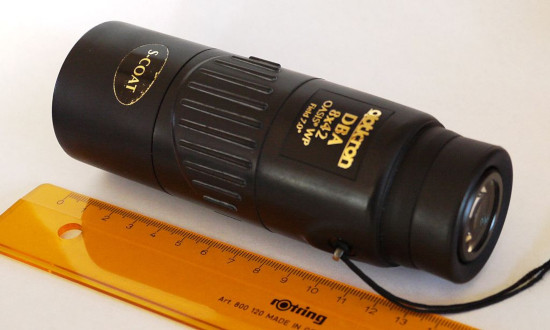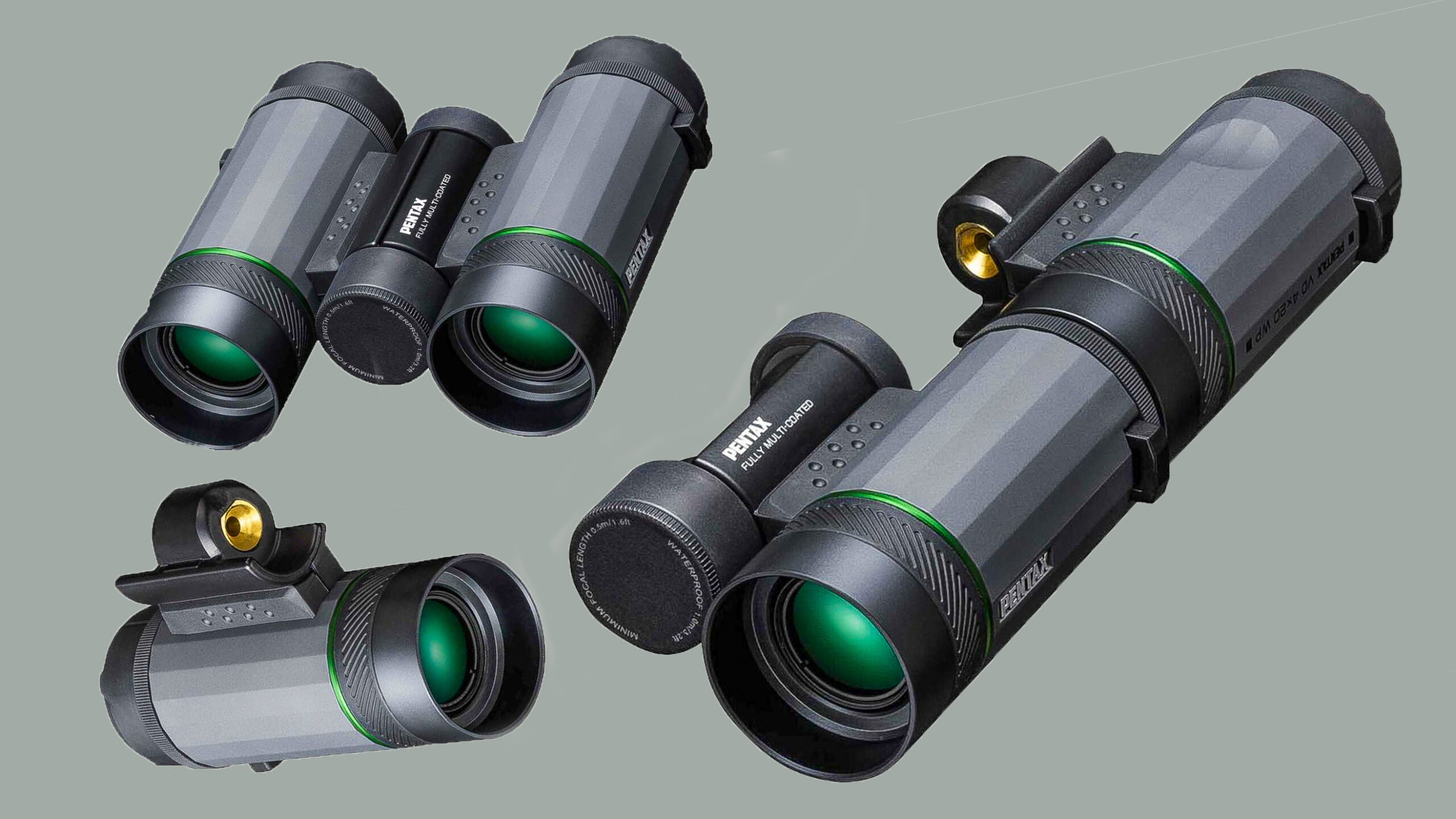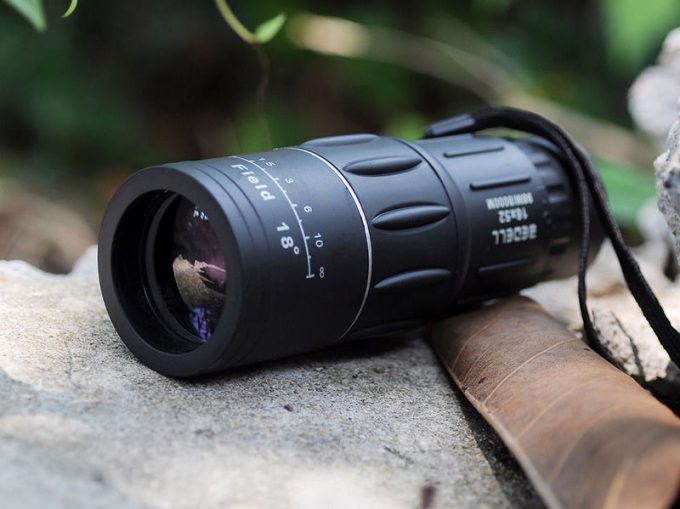

2,3 This review aims to guide initial management and suggest referral pathways in both of these situations. Alternatively, new-onset transient vision loss may be an early sign of a sight-threatening, and possibly life-threatening, emergency.

1 Medical practitioners may become aware of previous episodes of transient vision loss while taking a patient’s history for a seemingly unrelated problem. The aetiology may be localised to the eye, orbit, optic nerve, brain, neck or heart through careful history-taking and examination. Transient vision loss may be monocular or binocular. You can find a range of monoculars and binoculars on our online store, or if you are looking for more support and information you can connect with us by calling 1300 84 74 66 or emailing. If the object is becoming clearer, keep turning the dial until clear. If the object becomes blurred you are turning the dial in the wrong direction or may have turned the dial too far. Focus the binoculars by turning the ridged dial at the centre of the nosepiece.You may need to adjust the lenses so you can see with both eyes at the same time.

If you are wearing glasses, rest lightly against the glasses.

#Monocular vs binocular vision free
They can be mounted in spectacle frames for hands free use. They are particularly suitable if you have useful vision in only one eye.
#Monocular vs binocular vision portable
They are more portable than binoculars because they are lighter and smaller. Because of the reduced field of view, pinpointing the object you are looking for will take practice. The first number indicates that the telescope has 8x magnification and the second number indicates a 20mm diameter front lens.Īs the magnification of the distance viewing aid increases the area seen through the device (the field of view) decreases. The magnification level of monoculars and binoculars are specified by two numbers (E.g. Anything from the everyday tasks of getting around and reading signs and whiteboards at a distance, to the exciting experiences of a live concert or theatre production, these distance viewing aids will help to improve your quality of life. For low-vision people, monoculars and binoculars can be a truly life altering piece of technology.


 0 kommentar(er)
0 kommentar(er)
